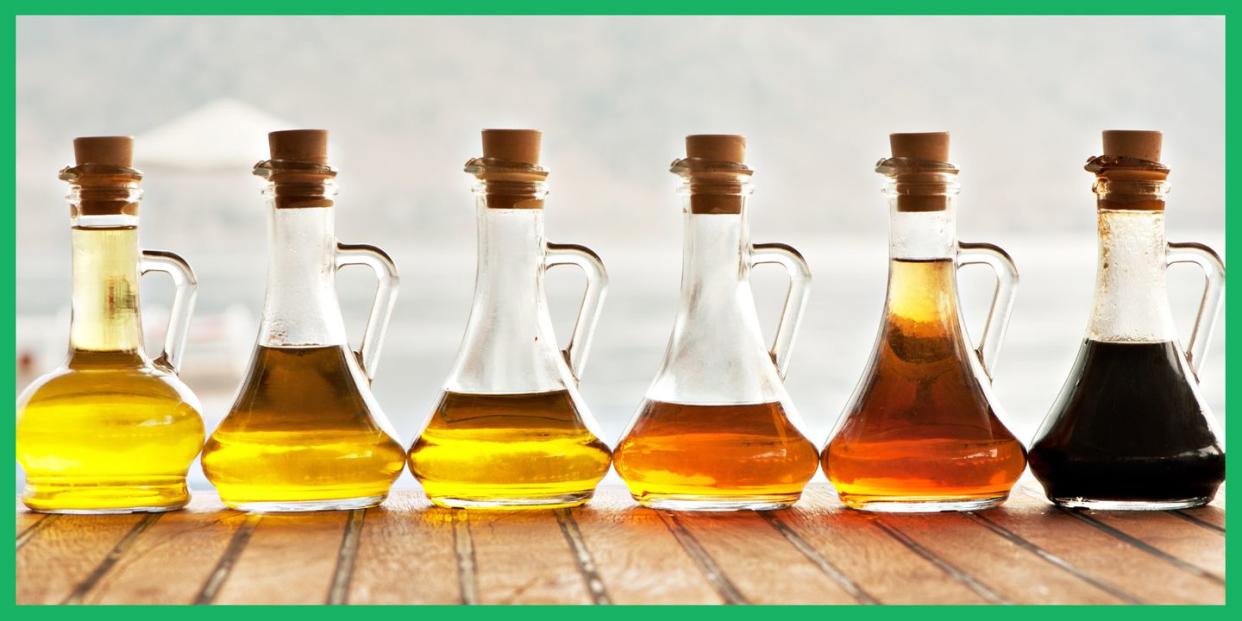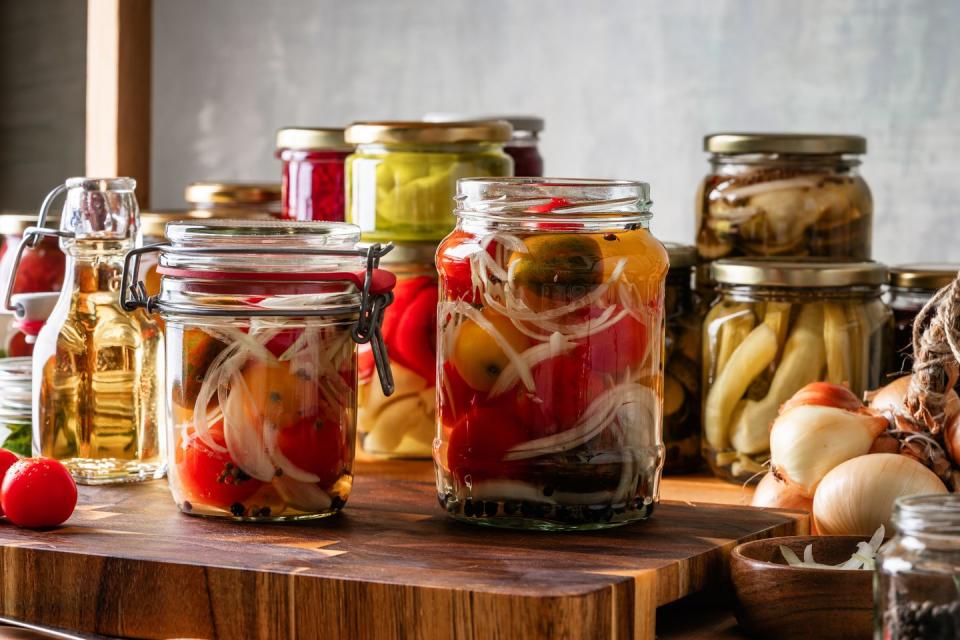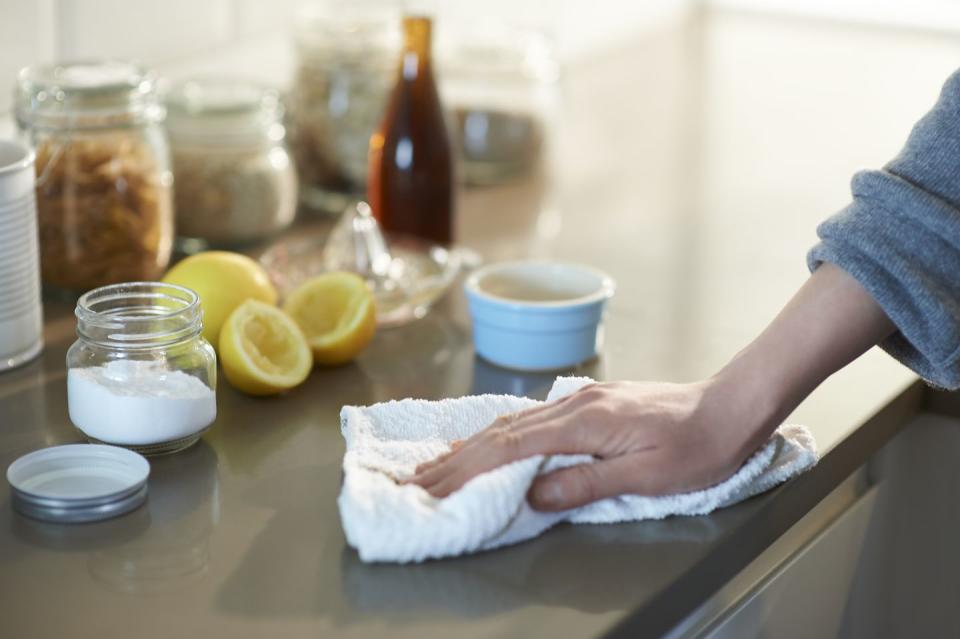Everything You Need To Know About Vinegar

You probably have at least one bottle of vinegar in your cupboard. It may not seem too exciting to some people, but vinegar easily one of the most important ingredients in any kitchen. The tangy, acidic liquid has been used for over 10,000 years for food preservation, cooking, medicine, and cleaning, according to the Encyclopedia of Food Sciences and Nutrition. Whether it's in sauces and dressings or household cleaners, vinegar is one of the most versatile pantry staples.
Here’s everything you need to know about this powerful, multipurpose ingredient and its many varieties.
Jump to:
What Is Vinegar?
Types Of Vinegar
How To Use Vinegar
What Does Vinegar Taste Like?
Where To Buy Vinegar
How to Store Vinegar
Vinegar Recipes

What Is Vinegar?
Vinegar is the result of the fermentation of sugars to ethanol, which is alcohol, and ethanol to acetic acid. The alcohol-free end product can be made out of several different ingredients, which is why there is a wide variety of vinegars available at the supermarket. Wine was the first ingredient used to produce vinegar, which comes from the Old French word vinaigre, meaning sour wine.
Types Of Vinegar
There are lots of types of vinegar, likely many more than what you have kept in your kitchen cabinets. Each type is the result of the fermentation of a different ingredient such as wine, rice, barley, or apple cider. But there are a lot more varieties within each of those types depending on the type of wine or rice used, for example. While all are tart and acidic, each variety has different properties, levels of acetic acid, and flavor notes. Some specialty vinegars are infused with different herbs, spices, and fruits to provide unique flavor profiles.
How to Use Vinegar

As one of the most versatile pantry staples, vinegar has several uses. It’s used for cooking and making condiments due to its punchy, acidic flavor, which pairs well with anything from gyoza to onion rings. Acetic acid slows bacterial growth, which makes vinegar an agent for preserving and pickling. It's also often used for deglazing pans.
As a household cleaner, the high acidity of white distilled vinegar is excellent for tackling tough grease stains, removing hard water stains, cleaning sponges, and for making homemade cleaners. Just be careful, because it can damage some surfaces.
What Does Vinegar Taste Like?
Sour and tart with a pungent smell, vinegar is hard to miss. Its acidic flavor makes it an ideal companion to any meal where you need an extra punch. It's commonly found in dressings or drizzled over high-fat meals like fish and chips, where the acid cuts the fat.
Where to Buy Vinegar
As a kitchen staple, you can find a variety of vinegars at any supermarket. If you’re looking for more rare or flavored vinegars, you may have to visit a specialty shop. Online options include Fustini's and Olive Lucy.
Storage
It’s used for preserving, so it’s tough to spoil vinegar. While it doesn’t have an expiration date, it’s best to store vinegar in a cool, dry place like a cabinet.
Vinegar Recipes
You Might Also Like

